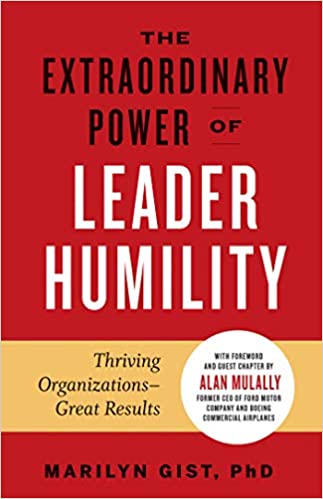Over the last week, I was fortunate to spend over two hours across two phone calls with Alan Mulally, the former CEO at Boeing and Ford, and someone that Fortune identified as being #3 on the list of World’s Greatest Leaders.
The focus of our conversation was about the importance of helping leaders vertically develop.
I want to share with you some of the things that we discussed.
Working Together Management System
Now that Alan is not running companies, he is spending his time trying to help organizational and government leaders become more effective. A primary focus in his efforts is introducing leaders to his Working Together Management System, it is a process and system for leading and managing in an organization that was foundational to his success as a leader of Boeing and Ford and that has been incredibly helpful for many other organizations.
If you want to hear Alan discuss this system in depth, check out this YouTube video with Marshall Goldsmith: Working Together Webinar with Alan Mulally.
This is probably an understatement, but what the system does is provide leaders with clarity on what they need to emphasize and focus on in order to generate profitable growth for all stakeholders.
The Crux of the Effectiveness of a Working Together Management System
While it was great to be introduced to this system from the source, what we spent most of our time discussing was the aspect of the Working Together Management System that either makes or breaks the effectiveness of the system: The CEO (or leader of the group, whoever that might be).
To summarize our conversation, let me pull from a chapter that he wrote in the book, The Extraordinary Power of Leader Humility by Marilyn Gist, Ph.D.:
“The leader’s character needs to be based on humility, love, and service. And the leader’s competencies must shift from command and control to be a role model, a facilitator, and a coach. If you are not comfortable with humility, love, and service as the basis of your leadership, you will have a hard time being a good facilitator and coach, and you will not be able to get the results that this approach delivers.”
What Alan told me is that if a leadership team is going to be effective at generating profitable growth for all of the organization’s stakeholders, they need a leader who:
- Possesses deep humility
- Sees their role as a stewardship of service as opposed to as a position of reward
- Can effectively facilitate instead of direct
- Does not wig out when the unexpected happens
- Who plays the “infinite game” focused on upholding a long-term purpose, plan, and values instead of the “finite game” focused on short-term wins, ease, and comfort.
- Lovingly holds their team members accountable for upholding the organization’s long-term purpose, plan, and values
Easier Said Than Done
While we may all already know this, we also know that it is incredibly rare to find such leaders. But, when you find them, you see magic happen, like with Alan at Ford and Satya Nadella at Microsoft.
What does this require of leaders and how do we help leaders to develop these abilities and characteristics?
There is a pattern across the abilities and characteristics listed above. In order to possess these abilities and characteristics, the leader holding them must possess a high degree of cognitive and emotional sophistication. In other words, they need to be incredibly vertically developed.
And, what research on vertical development has found is that only 8% of CEOs currently possess the requisite cognitive and emotional sophistication for possessing the above abilities and characteristics.
Alan goes on to write:
“Things start to deteriorate when the leader’s behavior becomes erratic during difficult situations. Tempers flare, bullying starts, and the mode becomes looking for someone to blame when the issues surface.”
This description is the epitome of a lack of cognitive and emotional sophistication. But, it has historically been the norm for leadership.
Thus, if we want to become a truly effective leader or if we want to help others to become such a leader, it is essential that we focus on vertical development. Our traditional efforts of horizontal development (teaching knowledge and developing skills) will never be enough.
Vertical development is necessary because it involves improving a leader’s neurological system and expanding their window of tolerance so that they:
- Are willing to admit when they are wrong and be open to new ideas
- Are focused on contributing through their leadership as opposed to receiving the benefits of leadership
- Are excited to be a facilitator of success and don’t always have to receive all of the praise
- Stay balanced when the unexpected happens
- Are able to stay true to the “infinite game” despite the pressures to play the “finite game”
- Are ardent upholders of the purpose, plan, and values that have been established
While these qualities are rare, the good news is that we can vertically develop and we can help others vertically develop. But, we need to understand what vertical development is and how to enable it.
Learning More
For a resource to better understand vertical development and how to enable it in yourself or others, download this white paper: Vertical Leadership Development
And, keep an eye out for a vertical development assessment (hopefully will be released within a few months) and my next book: The Elevated Leader: Level Up Your Leadership Through Vertical Development (scheduled for release in early Fall 2022).












